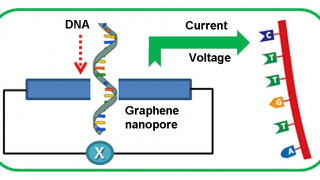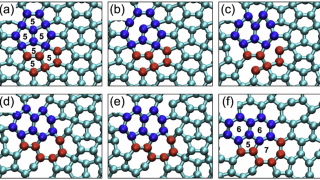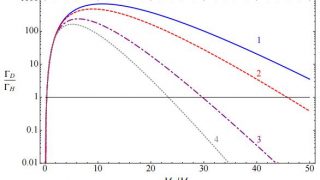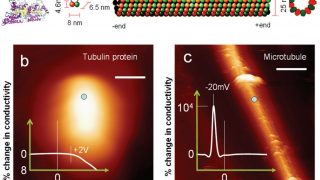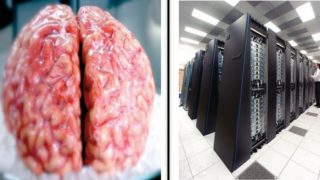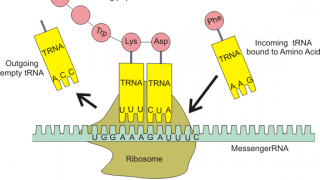
Where is the mass inside a black hole?
Black holes are vacuum solutions of the Einstein equation. Hence, the energy-momentum tensor for a black hole is null at every point of space. The only place where its mass can be located is where there is no space, i.e., at the singularity. Hence, for a Schwarzschild black hole, the mass is located at the […]
